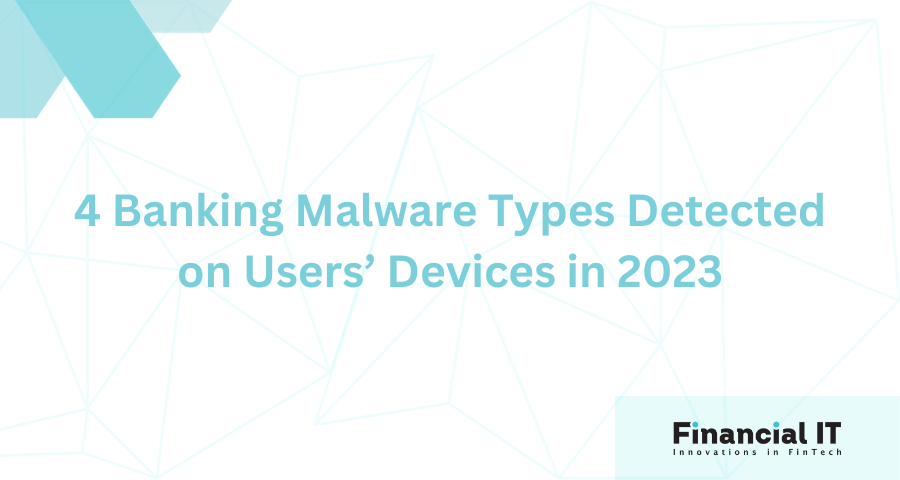The Dawn of the Embedded Economy: UK Corporates Turn...
- 23.10.2025 10:05 am
Innovation Celebrated as Winners of Open Banking Expo...
- 22.10.2025 01:00 pm
PNC Bank Expands Immediate Payments Solutions by...
- 22.10.2025 12:45 pm
Mambu Launches Composable Banking Approach in the US...
- 22.10.2025 09:55 am
Zilch Partners With Plaid to Enable Open Banking...
- 21.10.2025 10:55 am
BNY Releases Its Second Annual Voice of Community...
- 20.10.2025 04:45 pm
Revolut Gets Green Light to Launch Banking Operations...
- 20.10.2025 01:10 pm
Lolly and Lloyds to Launch Pay by Bank System at Open...
- 20.10.2025 11:35 am
New Fintech Launches Offering a New Way to Save – Turn...
- 17.10.2025 09:35 am
Thredd Powers ANNA Money’s Super-App Business Account...
- 16.10.2025 01:25 pm
Guardian Credit Union Completes Lending in One...
- 16.10.2025 09:05 am
EquiLend's 1Source Goes Live with BNY and...
- 16.10.2025 08:55 am






















